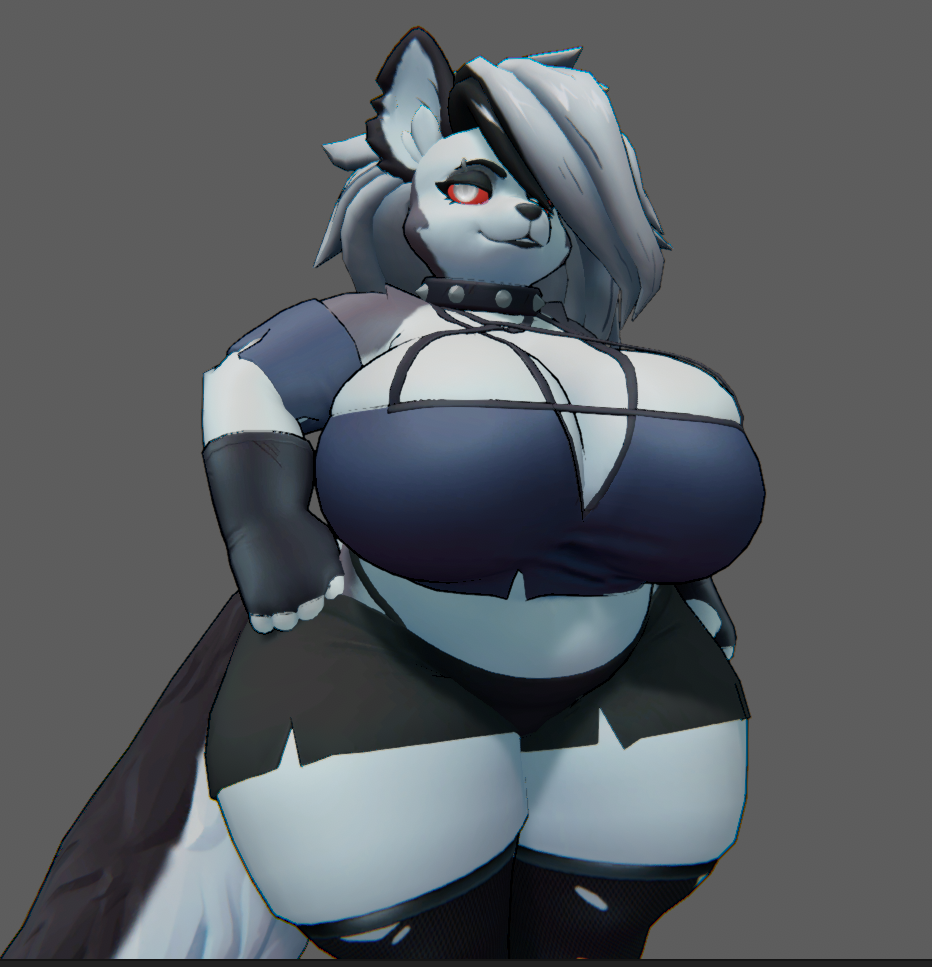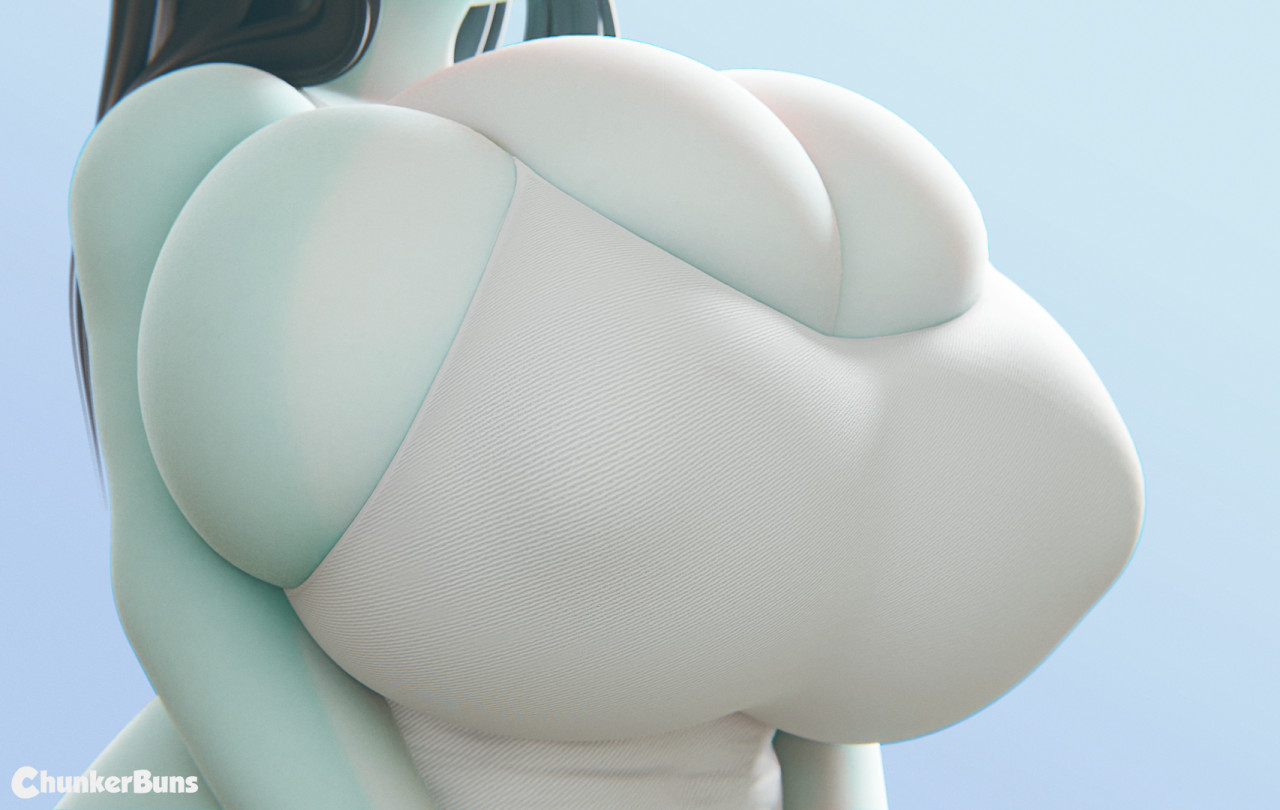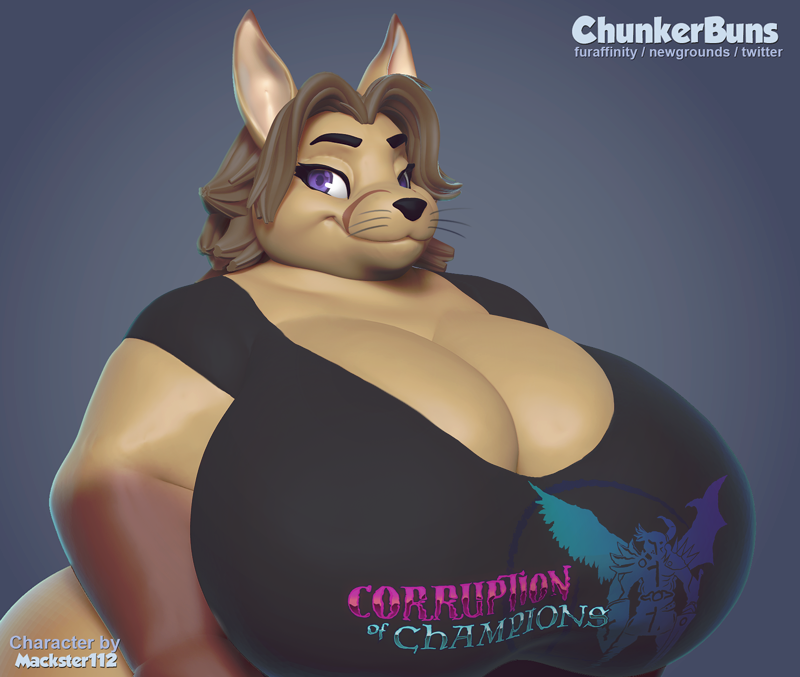

I'm just documenting stuff I've learned about making stuff in Blender here.

Block out general shape, refine in stages, retopo (optional if want to animate/rig), yea
dynotopo is good to add detail, but makes ur mesh ass
Join meshes together, then in the top right of sculpt mode select Remesh and set the distance to 0.01m.
Brushes
Sharp Polish (I think this is the name) is really good for sharpening the transition between two parts (such as the underside of the nose and the lips - it's a semi-hard angle!).
Blob, that one brush next to smooth, uh draw also?
Making the simulation
I highly recommend watching the entire video below for comprehensive explanations of the settings you'll be using.
To create the most basic softbody, all you need to do is:
1. Add a mesh for the floor with a collision modifier.
2. Add a model with a cloth modifier. Place this above your "floor." This modifier contains all the parameters you will use to refine your soft-body simulation.
3. Press space, or press the play button in the timeline. Your model should fall onto the floor and squish into it.
While this is a good place to start, you will need to tweak these settings to get better results on a case-by-case basis. Experiment with what looks good!
Refining the simulation
- If the mesh doesn't look very squishy, you might not have enough geometry for it to simulate with. Add a subdivision surface modifier, and place it before the cloth modifier.
- If the simulation looks too floaty, increase gravity in world settings (15~25).
- To change how much the model "sinks into" the ground once at rest, change the pressure. Higher values will "rest" on top of the floor without sinking into it.
https://x.com/scrag_boy/status/1804261058384629776
Making some parts of the model fixed in place (Cloth pinning)
If you want some vertices to be fixed in place, you can pin them. They will stay locked in place while the non-pinned parts will behave like a soft-body.
- Select your object.
- Create a new vertex group under Data > Vertex Groups and clicking the + symbol. Rename it to "Pin", or anything else you'd like.
- Go into edit mode (by pressing tab), select the vertices you want to be pinned, and assign them to the vertex group you made by clicking Assign while the vertices are selected.
- Go to Physics > Shape (under cloth properties) and assign your new vertex group to Pin Group.
If you want to move/animate the pinned vertices, you can attach them to a hook.
https://www.youtube.com/watch?v=y_fysD5B9xsMoving/animating the hook will move the pinned vertices.